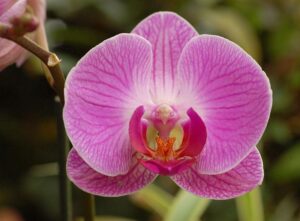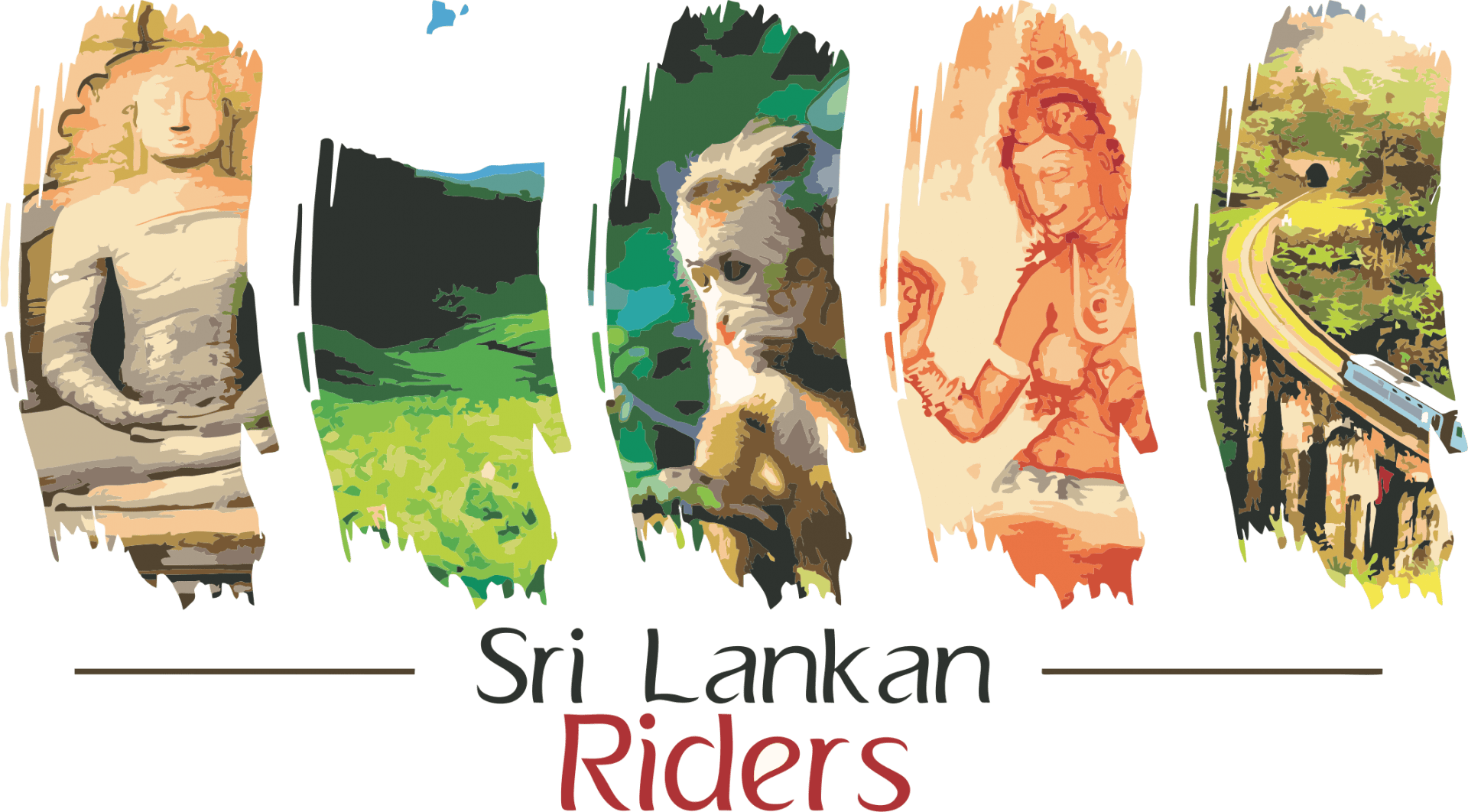Flora & Fauna
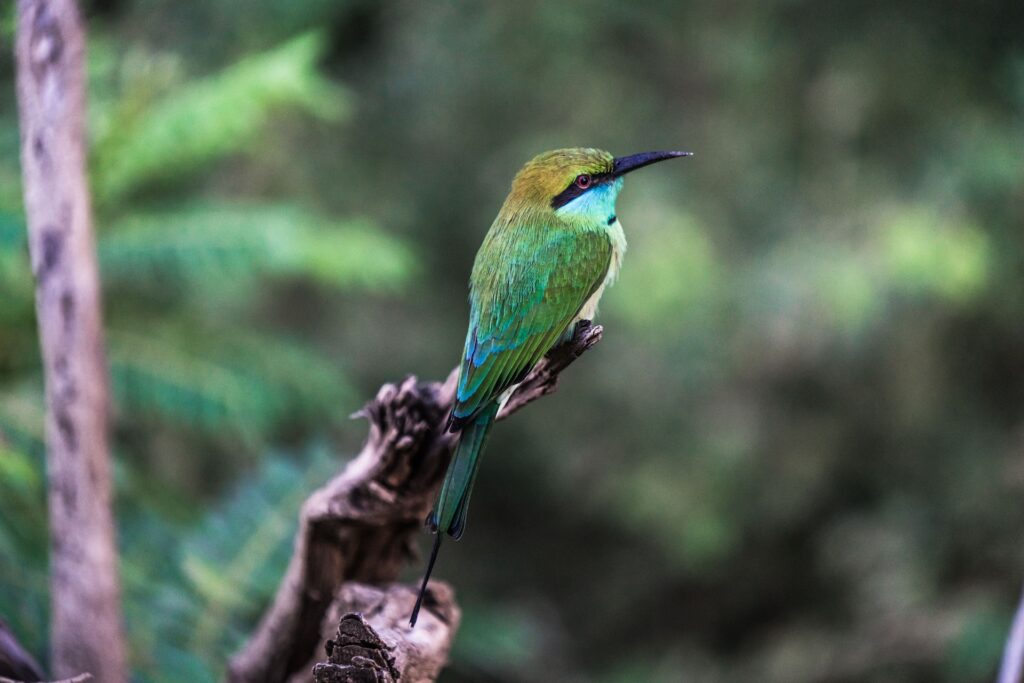
Sri Lanka is the heaven of vegetation and fauna. The nation has more than 90 types of warm-blooded creature (counting elephant, panther, bear, and monkeys). In Addition, many butterflies, more than 80 wind species (counting savage cobras and snakes). And around 435 types of feathered creatures. Widely varied vegetation in Sri Lanka.
Sri Lanka has the qualification of having the world’s most seasoned, recorded and protected land. Over 2000 years back, in the third century BC, a district in north focal Sri Lanka. It was put aside by imperial declaration to be free of all chasing. Today, over 8% of the land is safeguarding as national stop or nature protect.
Today Flora & Fauna for the sanctuaries, National Parks, and reserves where the law protects flora & fauna comprise 14% of the Island’s total land area of 65,610sq, km.
Birds
Birds including Flora & Fauna. Flying creatures are various, numerous assortments from colder nations wintering on the island. Sri Lanka has efficient diversion and winged animal asylums. Of the 431 recorded species, 251 are the inhabitant and no under 21 are endemic to the island. The greater part of the endemic flying creatures is confining to the wet zone,
e.g. the Ceylon Grackle or to the slope – nation
e.g. the Ceylon Whistling Thrush,
the Yellow-eared Bulbul and so forth. A few, for example, the striking Redfaced Malkoha and the bashful dark colored topped Babbler can be found. All through the island albeit bound to little zones of backwoods, National Parks and Forest Reserves. Among the best regions for these flying creatures are the Sinharaja Forest Reserve and the Peak Wilderness Sanctuary.
The expansive ‘tanks’ (repositories) in the dry zone draw in various kinds of ducks, while the substantial waterfowls – the storks, herons birds, and egrets – can be effortlessly seen in the National Parks. The Kumana Bird Sanctuary in the Eastern Province and Bundala. Kalametiya and Wirawila in the south and possess large amounts of these sea-going flying creatures. Bundala is particularing well known for its rushes of going by flamingoes. The Ceylon elk ( sambhur ) and the polonga wind are one of a kind to Sri Lanka. Creepy crawlies flourish and various fish are founding in the shallow seaward waters.
A fascinating spot to visit for more flying creature life is the Muthurajawela bogs, simply outside the northern outskirt of the Colombo city.
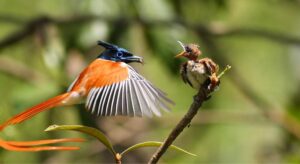
Mammals
Mammals including Flora & Fauna. Sri Lanka has 90 types of well-evolved creatures including panthers, monkey and the pride of place goes to the superb elephant. Albeit quick demolition of its natural surroundings has drained the elephant populace, sizeable numbers can be found in Gal Oya and Udawalawe National parks and at Handapangala.
Elimination additionally undermines the island’s greatest feline – the panther, in spite of the fact that Wilpattu National stop is reasonably glad for its panther populace. Numerous types of deer – the Sambhur, the Hog Deer, the Mouse deer can likewise be found in the Parks.
Different warm-blooded animals incorporate the Sloth Bear, the secured Dugong, the Wild Boar, the Porcupine and Monkeys, particularly the Gray Langur, which are normal all through the island. Of unique intrigue was the endemic purple confronting Leaf Monkey, found in the higher slope areas.
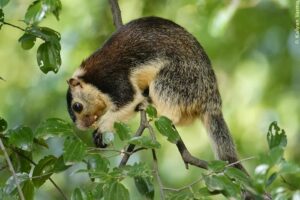
Flora of Sri Lanka
Tropical rainforest covers a great part of the southwestern piece of the island, where teak and coal black grow. The vegetation ranges from that of the central rain woods to that of the dry zone.
And also the more mild atmosphere of the good countries. Tree greeneries, bamboo, palm, satinwood, dark, and jak trees flourish. Orchids possess large amounts of the lavish woodland.
Trees and Animals
Very much protected Flora & Fauna rainforests, colorful patio nurseries territories give an improving knowledge of how rich Sri Lanka is with her normal assets. With the accentuation on the safeguarding of the earth, Sri Lanka guarantees that its common resources kept up in their unique state.
These benefits joined with the island’s vacation spots, make a triumphant mix. From March to May various blossoming trees, for example, the blazing Poinciana Regia. Also, the white Mesua Ferrea, the cherry bloom like Tabebuia, burst into a sprout. Blooming orchids incorporate endemic assortments, for example, the secured Daffodil and Wesak Orchids.
The slopes in focal Sri Lanka have the ideal atmosphere for tea development. In Addition, entire slopes are committing to developing this conservative, dull leafed camellia for its fragrant clears out. It is on the cool slopes that the greater part of the business in peppers, carrots, cabbage, tomatoes, cucumbers, and lettuce are developing.
The coasts are more dry, with low scour and prairies, and it’s here you’ll see tall coconut palms covering the streets. Indeed, outside of the city, most homes have their own particular stands. It is papaya and mango trees, banana plants, breadfruit, and jackfruit trees.
Huge numbers of the elaborate plants that embellish sanctuaries and homes are not local to the Indian Sub-landmass but rather are so commonplace now that their starting points appear to be immaterial.
In fact, lantana, with its bunches of red and orange blooms on a thorny bush. Also local of the Americas yet now develop in relatively impervious shrubberies in parts of Sri Lanka. The fragrant frangipani, initially from the West Indies, with its white/yellow or pink blooms. Is a typical tree found outside homes and sanctuaries all through the nation.
